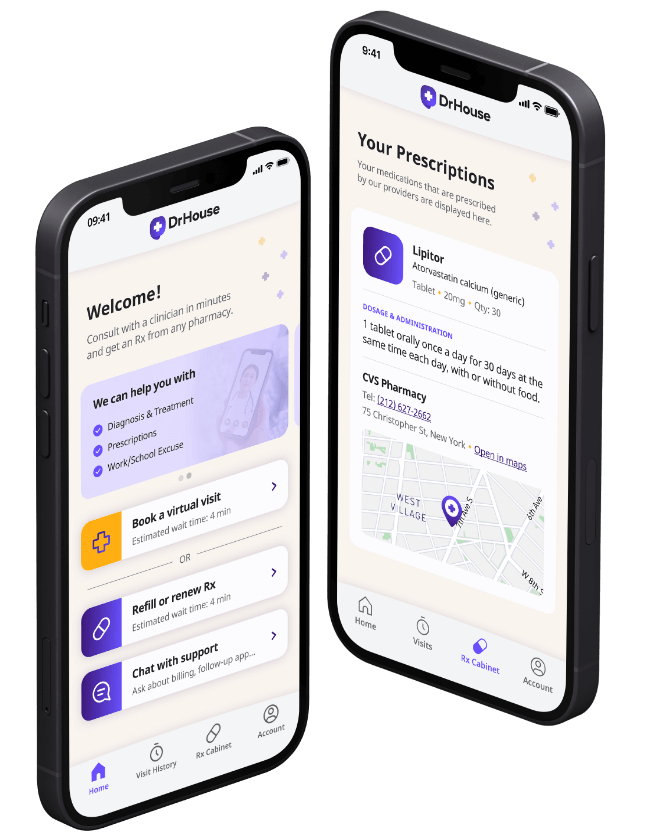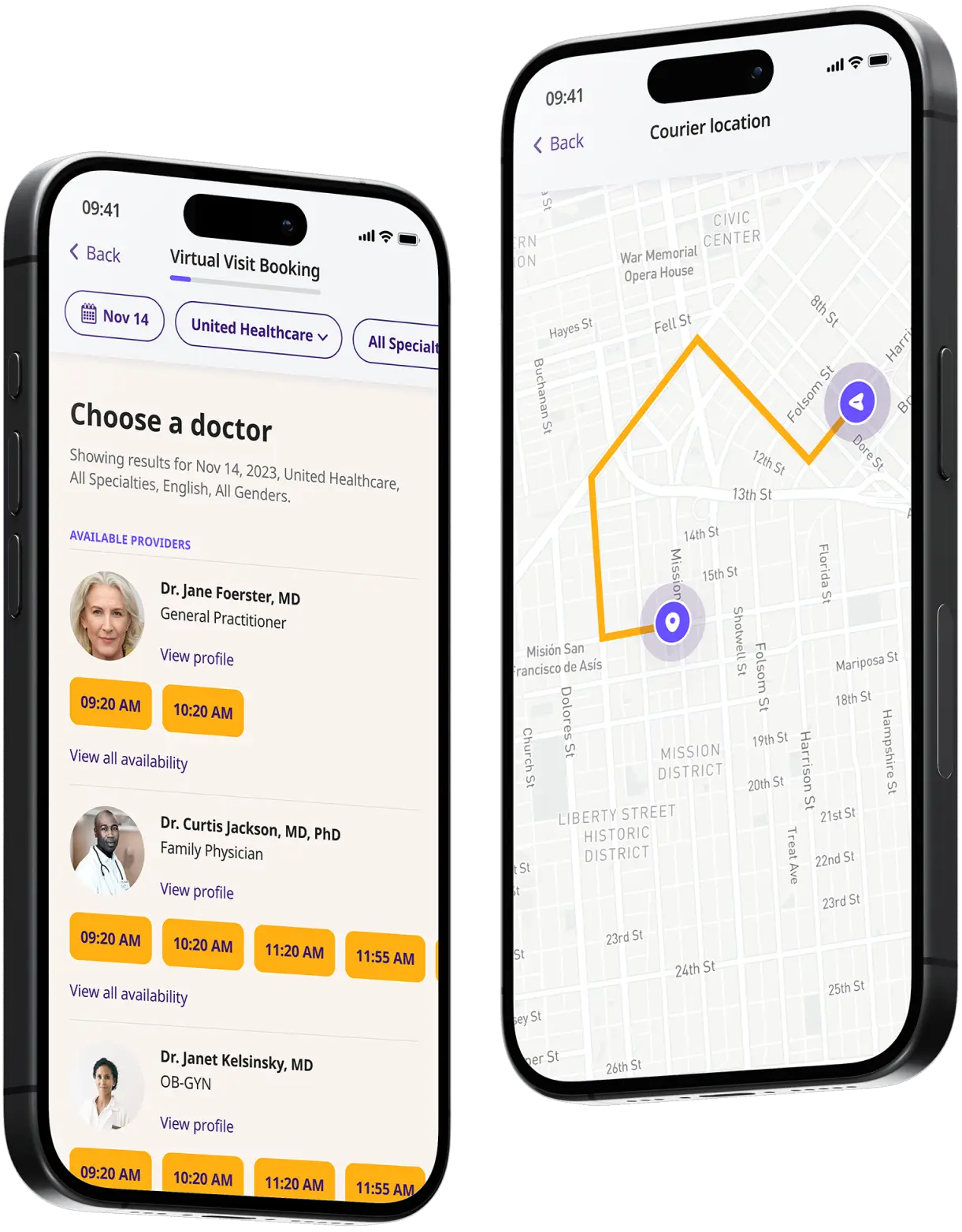Get Treatment for Hemorrhoids Online
24/7 expert advice and treatment from DrHouse online doctors.
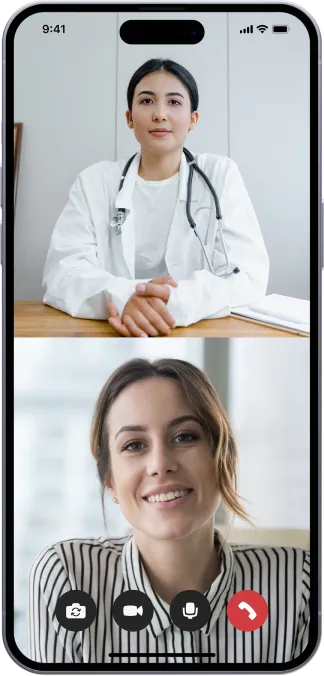
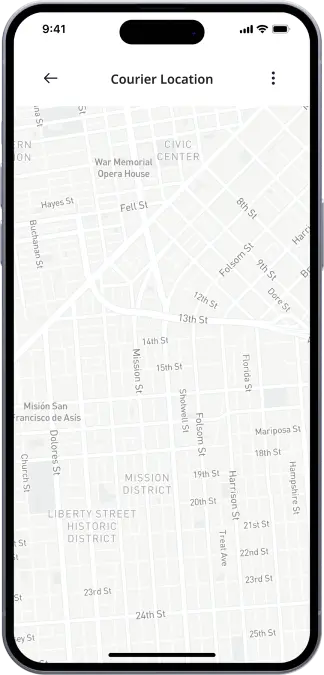
Available in 50 states. Insurance accepted.
Fast
virtual visits
24/7 care
assistants
Prescriptions
as needed



See If Delivery Is Available Near You
Delivery Not Available
Enter your ZIP code to check if prescription delivery is available in your area and how soon your meds could arrive.
How to get started
Choose your doctor, start a virtual visit, and have your prescriptions sent to your preferred pharmacy for pickup — all in just a few easy steps.
Choose a doctor
Choose a physician by availability, specialty, ratings, and more.
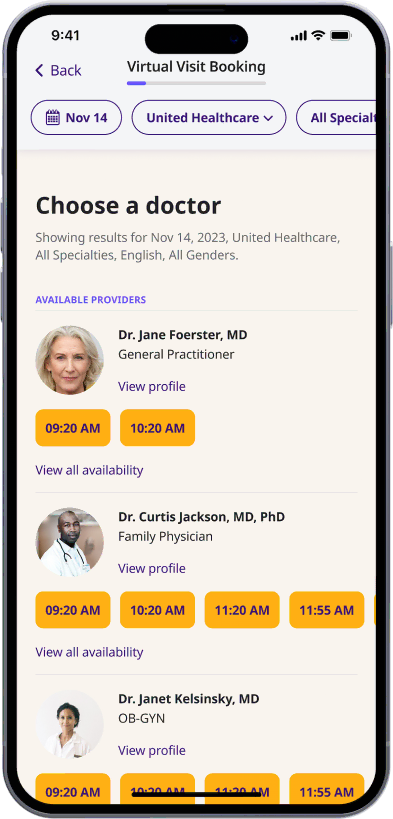
Start a video call
Get connected with a doctor anytime, anywhere.
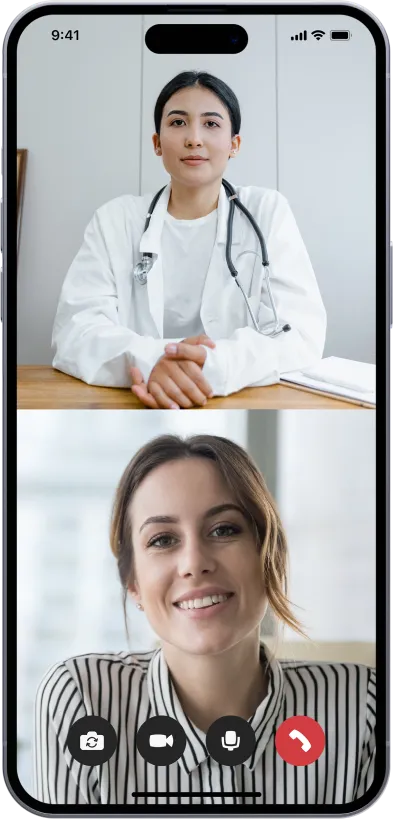
1-Hour Rx Delivery
Your prescription delivered to your door in 1 hour or less.
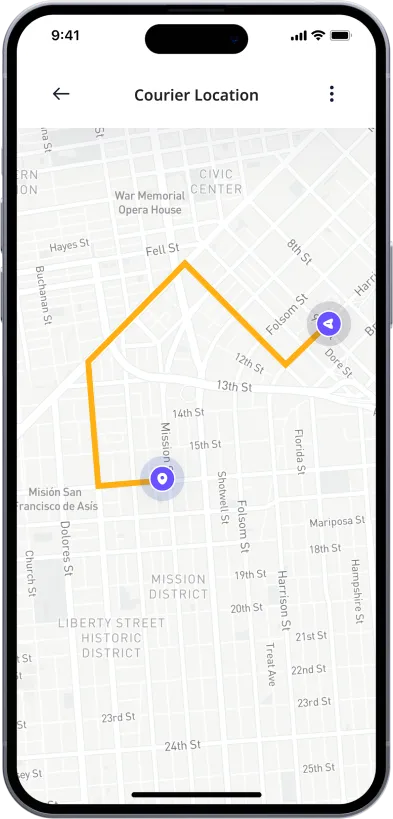
Available in 50 states. Insurance accepted.
One-Time
Physician Visit
One-time visit with a physician for diagnosis, treatment, Rx, labs, referrals, and doctor’s notes.
Accepted Insurances
See why people turn to DrHouse...
As seen in

Hemorrhoids Treatment Online
What are hemorrhoids?
Hemorrhoids are swollen and inflamed veins in the rectum and anus. They can be internal, which means they occur inside the rectum, or external, which means they occur under the skin around the anus.
Hemorrhoids are common and usually not serious. They often resolve on their own or can be treated with home remedies, over-the-counter (OTC) products, or prescription medications.
Hemorrhoid symptoms
Symptoms of hemorrhoids can range from annoying to debilitating. The most common symptom is itching, which can be intense.
Other symptoms include pain, bleeding during bowel movements, and swelling in the anal area. If a blood clot forms in an external hemorrhoid, it can be very painful. Symptoms usually go away within a few days, but can last for weeks or longer.
If you have any of these symptoms, it’s important to see your doctor so that they can rule out other potential causes and provide relief. In some cases, surgery may be necessary to remove hemorrhoids.
What causes hemorrhoids?
There are a number of things that can cause hemorrhoids, including:
- Straining during bowel movements
- Sitting on the toilet for long periods of time
- Having chronic diarrhea or constipation
- Being obese
- Suffering from anal fissures (tears in the anal canal)
- Pregnancy (due to the increased pressure on the veins in the pelvis)
- Aging (the connective tissue in the rectum and anus weaken with age)
- Anal intercourse
- Low fiber diet
- Regular heavy lifting
How are hemorrhoids diagnosed?
There are a few different ways that hemorrhoids can be diagnosed. A visual exam can often be enough to diagnose hemorrhoids, as your healthcare provider will be able to see swollen blood vessels in the anal area.
Another option is a digital rectal exam, which involves your healthcare provider inserting a gloved, lubricated finger into the rectum to check for abnormal lumps or masses. In some cases, a hemorrhoid may need to be biopsied in order to rule out other conditions, such as cancer.
If you are experiencing rectal bleeding, pain, or itching, it is important to make an appointment with your healthcare provider so that they can properly diagnose and treat your condition.
How are hemorrhoids treated?
There are many treatments for hemorrhoids, including over-the-counter creams and suppositories and sometimes even surgery.
However, hemorrhoids can be treated at home with some simple lifestyle changes. These include:
- Eating a high-fiber diet
- Taking stool softeners
- Avoiding straining during bowel movements
- Exercising regularly
- Using warm baths to soothe the area
- Applying ice packs to reduce swelling
In some cases, over-the-counter creams or suppositories may be necessary to provide relief from pain and itching.
If home remedies and OTC treatments do not improve symptoms, your healthcare provider may recommend prescription hemorrhoid medication or a minimally invasive procedure to remove the hemorrhoids. Surgery is typically only recommended for severe cases that do not respond to other treatment options.
What type of hemorrhoid medication is there?
There are a variety of medications available to treat hemorrhoids. For mild cases, over-the-counter creams and ointments can be effective in relieving symptoms. These products typically contain local anesthetics or steroids that help to reduce inflammation and pain.
More severe cases may require prescription-strength medications. These include topical creams, suppositories, or oral medications.
How can DrHouse help you?
With DrHouse, you can get a personalized treatment plan for your hemorrhoids. With the DrHouse app, you can easily connect with an online clinician who can help determine the best course of action for you.
We can also provide you with information and resources on how to live with and manage your condition and even prescribe hemorrhoid medication online. DrHouse is here to help you every step of the way.
NB! If you are experiencing rectal bleeding, it is important to seek in-person medical attention as soon as possible.
The content on this page has been medically reviewed for accuracy and comprehensiveness by Amy Dougherty, FNP-BC, AGAC
Frequently asked questions


